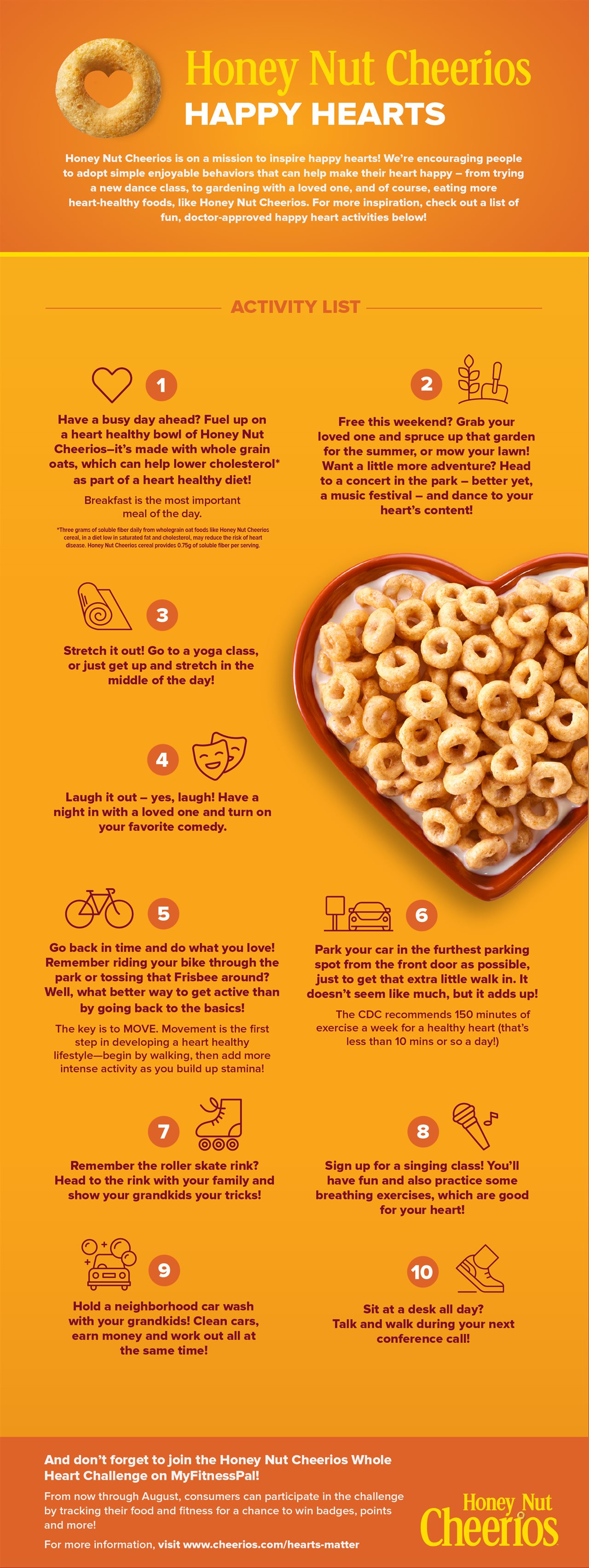2019-07-22T16:01:00
(BPT) – When it comes to managing your finances, are you more likely to be spontaneous and optimistic or stick to a formal plan? Understanding your financial personality can be important on the journey to reaching your financial goals, whether it’s something short-term like buying a home or longer term like your dream retirement. For some of us it’s simply about finding a better balance between spending and saving.
According to Charles Schwab’s Modern Wealth Quiz, designed to help people get a better grasp on their saving, spending and investing habits, about 43 percent of Americans are “Dreamers” when it comes to their finances — they tend to live in the moment but can also feel unprepared for certain life events.
Only 10 percent are considered financial “Architects” — they not only imagine the future but take pen to paper and map out a plan to make it a reality. Other personality types, according to the quiz, are Improvisers (18 percent), Organizers (11 percent), Mavericks (10 percent) and Philosophers (8 percent).
Here are some key themes the quiz explores to determine your money personality and provide tips to help you achieve your goals:
1) Is juggling your monthly bills a breeze or a tornado?
Half of Americans say they’re able to pay their monthly bills on time and even put money into savings regularly, according to Schwab’s 2019 Modern Wealth Survey, but a third of Americans say they typically don’t have any extra cash to put into savings after their basic expenses. The remainder say they even struggle to pay those expected monthly bills and often end up with unpaid balances.
Terri Kallsen, CFP®, head of Schwab Investor Services, said that automatically depositing part of your income into a savings account each month can help make it a habit.
“Our survey shows about 40 percent of Americans set up an automatic transfer into their savings or investment accounts each month,” she said. “That way, they don’t have to make a decision to ‘spend or save’ each month — they’ve already made it.”
2) Do you set goals or go with the flow?
While most Americans say they’ve thought about their financial goals, only 28 percent have taken the time to put their goals in writing, the survey shows. Another 25 percent say they don’t have any plan at all.
“Planning can be a key indicator of your money personality, because how much you engage with your finances is often closely tied to how confident you feel about reaching your goals,” Kallsen said.
3) Are you an engaged investor or a sideline saver?
Most Americans have a traditional checking and savings account, according to the survey, but only about half have some kind of investing account.
“Savings accounts are often seen as a safe place to put your money, but to keep up with inflation and the rising cost of living, it’s also critical to invest,” Kallsen said. “The sooner you start investing, the longer your money has time to gain from rises in the market and the power of compounding and to recover from any downturns.”
Once you’re invested, it’s important to stay engaged to stay on track. Keep an eye on your investment fees and make sure to rebalance about once a year, added Kallsen.
Take Charles Schwab’s Modern Wealth Quiz and learn more about your money personality and tips and tricks to help reach your financial goals.
This article is sponsored by Charles Schwab & Co., Inc., Member SIPC. This sponsored article is presented by Brandpoint. (0719-998W)













